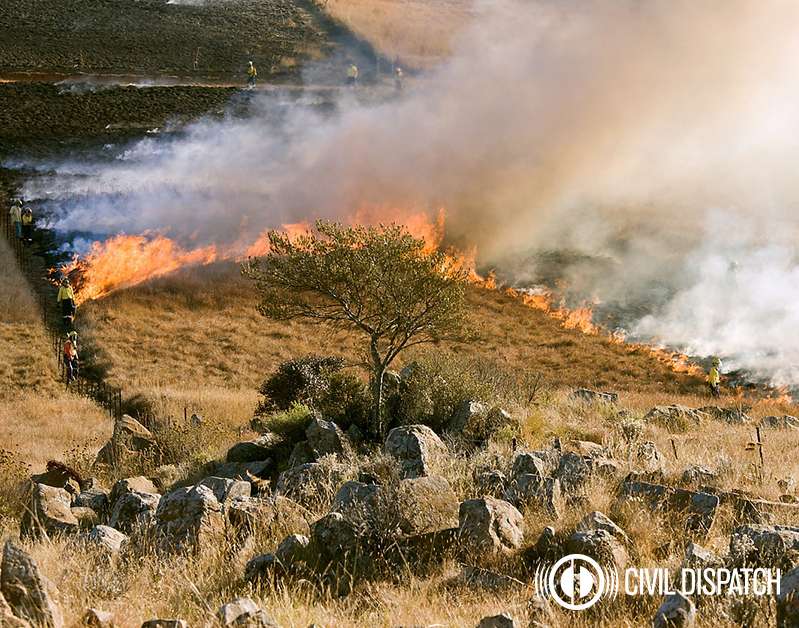
A massive and intense heat dome has consumed the eastern two-thirds of the United States over the past two weeks. The blistering heat has set a number of records across the country. UCLA reported an all-time high of 111 degrees on July 6th and Denver tied an all-time high of 105 degrees on June 28th. According to the National Weather Service, temperatures across the country have averaged above 10 to 20 degrees higher than normal, with the heat index and humidity only adding to people's discomfort. CBS News reported that more than 103 million Americans were under an excessive heat warning the week of 4th of July.
In western states, the extreme heat combined with a lack of rain is causing problems. Wildfires have swept up to five drought-ridden states in the early summer months. California, Oregon, Colorado, New Mexico and Utah have all faced raging fires and miles of destruction. Up to 80 percent of states like Colorado, Texas, and California are experiencing abnormally dry conditions, according to the U.S. Drought Monitor.
Officials say that wildfire season is starting earlier and ending later as a result of climate change, leading to more and more devastation. In June, more than 30 homes were completely destroyed in Florida. A fire on the California-Oregon border killed one and destroyed over 70 structures. The Spring Creek fire in Colorado destroyed 132 homes, displacing thousands.
For many, the idea of a wildfire destroying their home seems impossible. Yet for thousands of Americans, it has become their reality. You never know when disaster will strike, but you can do your best to be prepared.
Wildfires can happen anywhere, at any time. A fire can be caused by humans or a natural weather phenomenon, such as lightning. Here is what you need to know if you ever find yourself under a wildfire warning.
Wildfire Preparedness Tips
Know your community’s local evacuation plan.
Wildfires often cause road closures. It is important to know multiple evacuation routes that will take you to safety.
Identify a place to go.
You need a safe place to flee to. Make sure everyone in your family knows where that place is so that if you are separated, you are able to find your way there and find one another. Your safe place should be a stable, secure shelter with food and water.
Keep an emergency kit.
Pack food, water, a change of clothes and a First Aid kit in a bag that is ready to grab and go at a moment’s notice. Don’t forget any personalized supplies you or your family may need, such as baby formula or a specific kind of medicine. It is also a good idea to include copies of important documents such as passports, driver's licenses, insurance cards, birth certificates, etc.
Sign up for Civil Dispatch alerts.
Civil Dispatch is an Emergency Dispatch Communication System that allows anyone to quickly and easily communicate locally accurate weather and natural disaster warnings.
Leave if you are told to do so.
Do not ignore any evacuation notices. State and city officials have your best interest and your safety in mind. If they tell you to get out, it’s time to go. While it may be hard to leave your belongings behind, they are replaceable. You are not. Remember, don’t leave anyone behind. Pets included. Grab your dogs, cats, hamsters, and fish and hit the road.
If you are trapped, call 911.
If you haven’t already, sign up for text messages from Civil Dispatch to get up-to-date information on threats and severe weather in your area!